Challenges for Arabic Machine Translation.
This book is the first volume that focuses on the specific challenges of machine translation with Arabic either as source or target language. It nicely fills a gap in the literature by covering approaches that belong to the three major paradigms of machine translation: Example-based, statistical and knowledge-based. It provides broad but rigorous coverage of the methods for incorporating linguistic knowledge into empirical MT. The book brings together original and extended contributions from a group of distinguished researchers from both academia and industry. It is a welcome and much-needed repository of important aspects in Arabic Machine Translation such as morphological analysis and syntactic reordering, both central to reducing the distance between Arabic and other languages. Most of the proposed techniques are also applicable to machine translation of Semitic languages other than Arabic, as well as translation of other languages with a complex morphology.
{{comment.content}}
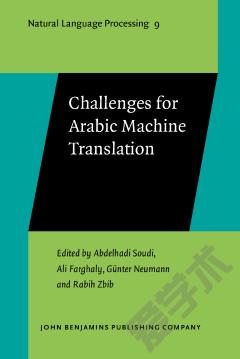
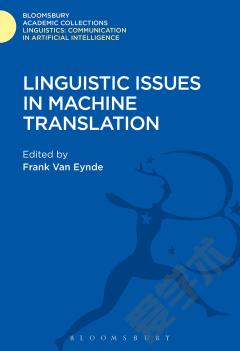
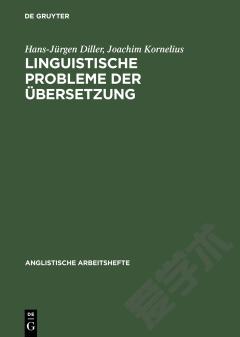


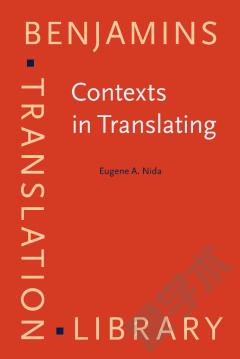
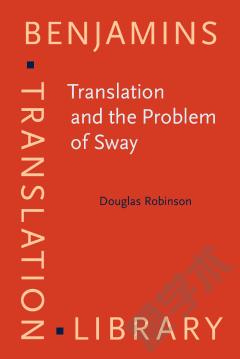

 京公网安备 11010802027623号
京公网安备 11010802027623号